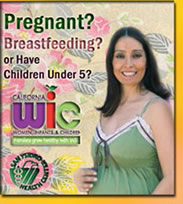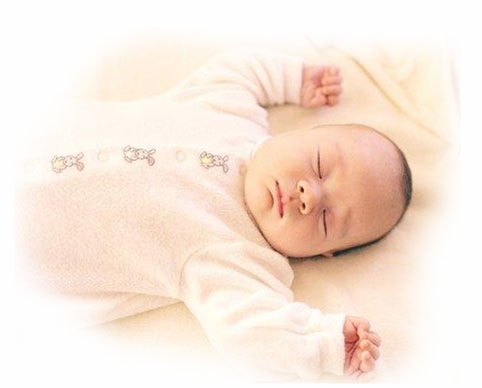Baby Safety Infant Death Syndrome, SIDS During coler months, parents often place extra blankets or night clothes on infants, hoping to provide them with extra warmth and these extras may actually increase infants' risk for SIDS. SIDS claims the lives of roughly 2,500 infants each year.
SIDS is the sudden, unexplained death of an infant in the first year of life. "Parents and caregivers should be careful not to put too many layers of clothing or blankets on infants, as overheating increases the risk of SIDS," said Duane Alexander, M.D., Director of the NICHD. "Of course, parents and caregivers should always place infants to sleep on their backs - at nighttime and at naptime." The NICHD has led the Back to Sleep campaign, which recommends that, unless there's a medical reason not to, infants should be placed on their backs to sleep, on a firm mattress with no blankets or fluffy bedding under or over them. If a blanket is used, it should be placed no higher than a baby's chest and be tucked in under the crib mattress. • The baby's crib or sleep area should be free of pillows and stuffed toys, and the temperature in the baby's room should be kept at a level that feels comfortable for an adult.The causes of SIDS are still unclear, and while it is not yet possible to predict which infants might fall victim to SIDS. While it is not yet possible to predict which infants might fall victim to SIDS, it is possible to reduce factors known to increase SIDS risk: * Don't smoke if you're pregnant • Make sure everyone who cares for a baby knows that infants should be placed to sleep on their backs and the other ways to reduce SIDS risk The NIH is an agency of the U.S. Department of Health and Human Services. The NICHD sponsors research on development, before and after birth; maternal, child, and family health; reproductive biology and population issues; and medical rehabilitation. For more information about the NICHD Back to Sleep please visit the NICHD Web site, http://www.nichd.nih.gov
|
|
|
|
About Us | Privacy Policy | Disclaimer | Contact Us TEL. 619-427-4111 EMAIL: health@infooption.com Salud + Health Info is for information and educational purposes only. You should not rely on this information as a substitute for personal medical attention, diagnosis or hands-on treatment. If you are concerned abut your health or that of a child, please consult your family’s physician or health provider immediately and do not try and diagnose yourself. Copyright © 2001-2006 Info Option Network |
|
Bienvenido a la primer revista dedicada al cuidado de la salud
 info
info
The first, the best & the only English & Spanish Magazine in San Diego, California

